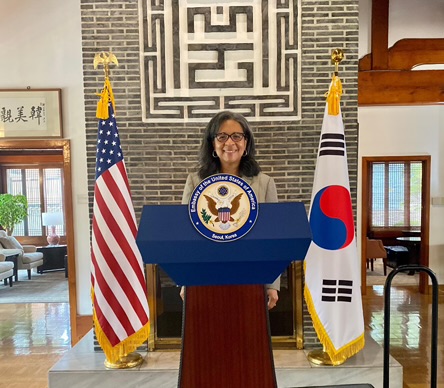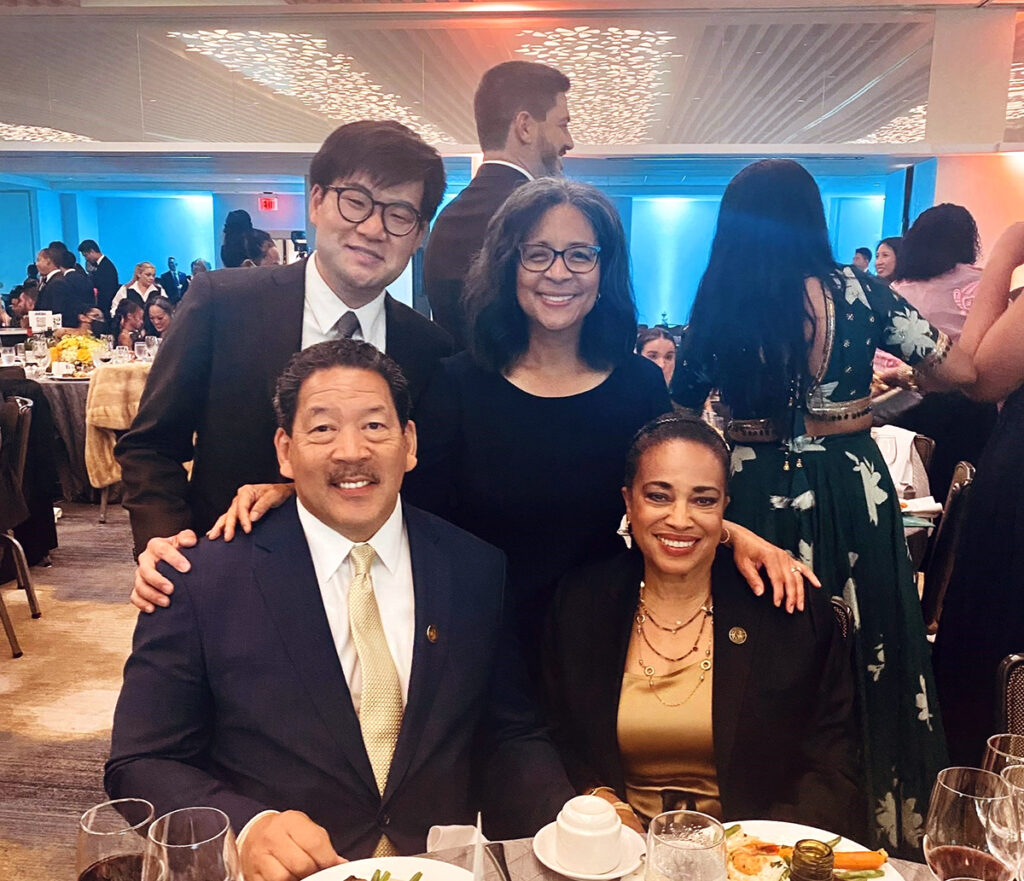Northwest Asian Weekly | The Black and Asian Experience
Throughout my adult life, I’ve been asked what it’s like to be bi-racial. It is an interesting question, especially because the term “bi-racial” in the U.S. is typically defined by proximity to whiteness. In my case, I am both Black and Korean. My heritage informs how I show up for my communities and how I build connections between them, which are not mutually exclusive. Depending on the time of year, where I am, or how I wear my hair, people see me and make assumptions about my identity.

When I lived in Atlanta, most people I met didn’t know I was part Korean. When I visit Hawaii, people often think I’m a local. When I’m here at home in Washington state, people correctly assume I’m Black and Asian. Despite some attempts to pit my communities against each other, there are actually more similarities between the Black community and the Asian American community than some would have you believe. First and foremost, we are not monoliths.
In 2022, I attended Sa-I-gu in Los Angeles, to mark the 30th anniversary of the L.A. riots, where Korean-owned businesses were destroyed after police officers were acquitted of assaulting Rodney King. This heightened period of racial tension between the Black and Korean communities lingers today but has improved. When George Floyd was murdered by police in 2020, I saw signs at protests that read “Koreans for Black Lives.” This solidarity better reflected my experience growing up in Tacoma as a military kid.
I remind people that both Asian and Black Americans have beaten the odds. At the same time, many face hurdles with voting rights, discrimination, housing, economic hardship, education, and healthcare. This gets to the heart of why representation matters.
There is something both delightful and sad (what took so long?) about being a “first.” I was the first Asian American elected mayor of Tacoma, the first Black woman elected to Congress from the Pacific Northwest, and one of the first Korean American women elected to serve in the U.S. House of Representatives.
Being the first carries the responsibility of being the only voice at the table representing your community. There is also the sacred duty of nurturing talent and being a mentor to those from your community. My office in D.C. is 90% BIPOC and 90% women. This is intentional, and make no mistake. I hired the most qualified.

Mixed-race leaders can bring coalitions together, often among disparate groups. It’s how we’ve had to navigate the world our entire lives. Vice President Kamala Harris, Rep. Bobby Scott of Virginia, and I are the only elected federal officials who are Black and Asian American. Closer to home, Seattle Mayor Bruce Harrell is the first Black and Asian American mayor in the city’s history. Linda Lee Womack, at the Washington State Department of Commerce, and Brian Surratt, CEO of Greater Seattle Partners, also represent the Black and Korean communities.
People ask me if I consider myself more Black or Korean. Why must I choose? I benefit from the best of both worlds, what we’ve overcome, and what we’ve contributed to this nation. I come from enslaved people who built this country, fought for it, and were denied basic rights. I come from people who came to America not knowing the language or customs and were treated like outsiders who don’t belong here. Both groups have found success in nearly every sector, from sports to medicine to business and government, but we continue to strive for equity.
One thing will always remain true. I am a proud Black woman, but will always be a daughter of my birthplace, Korea.
